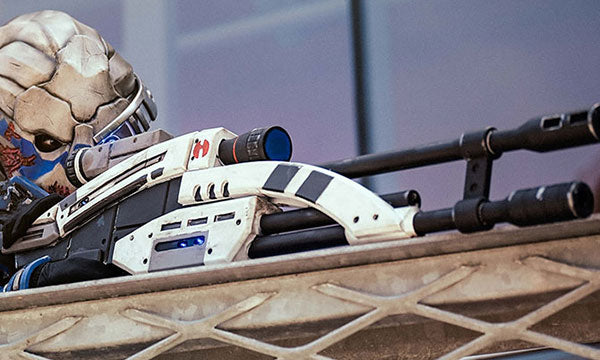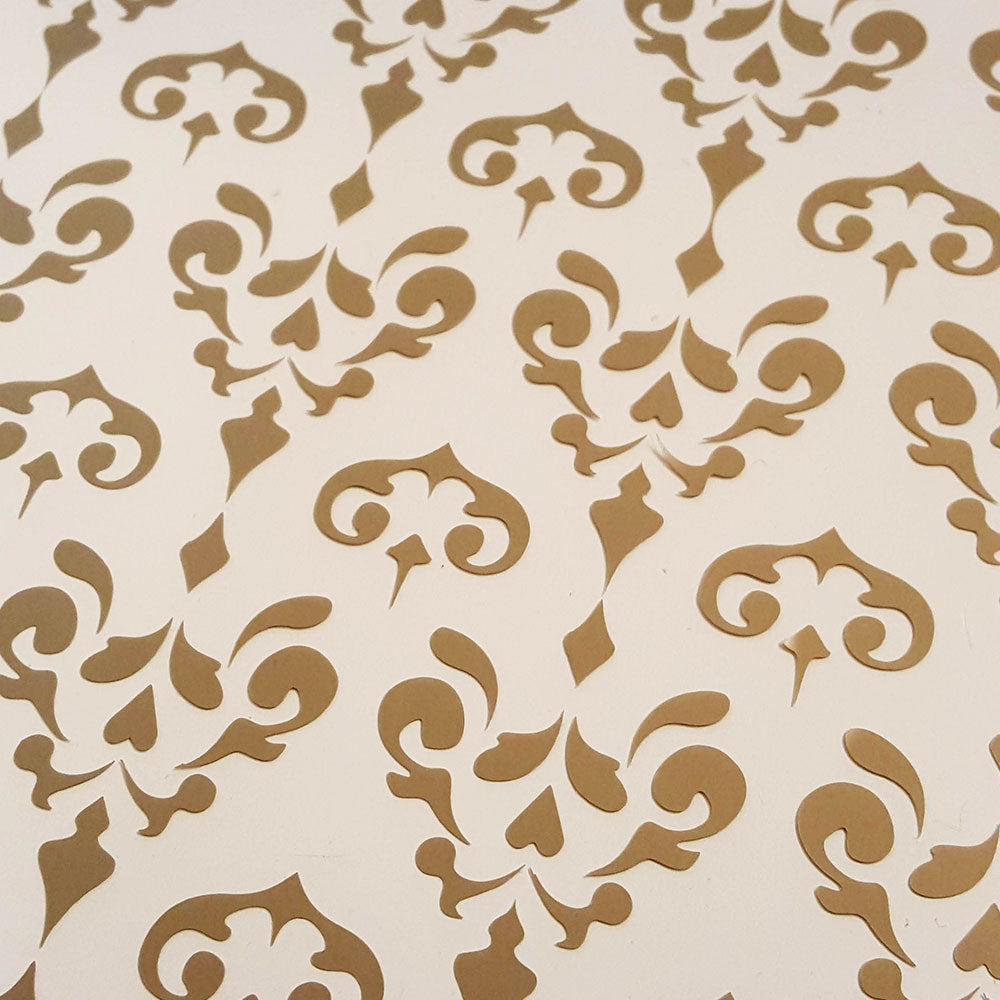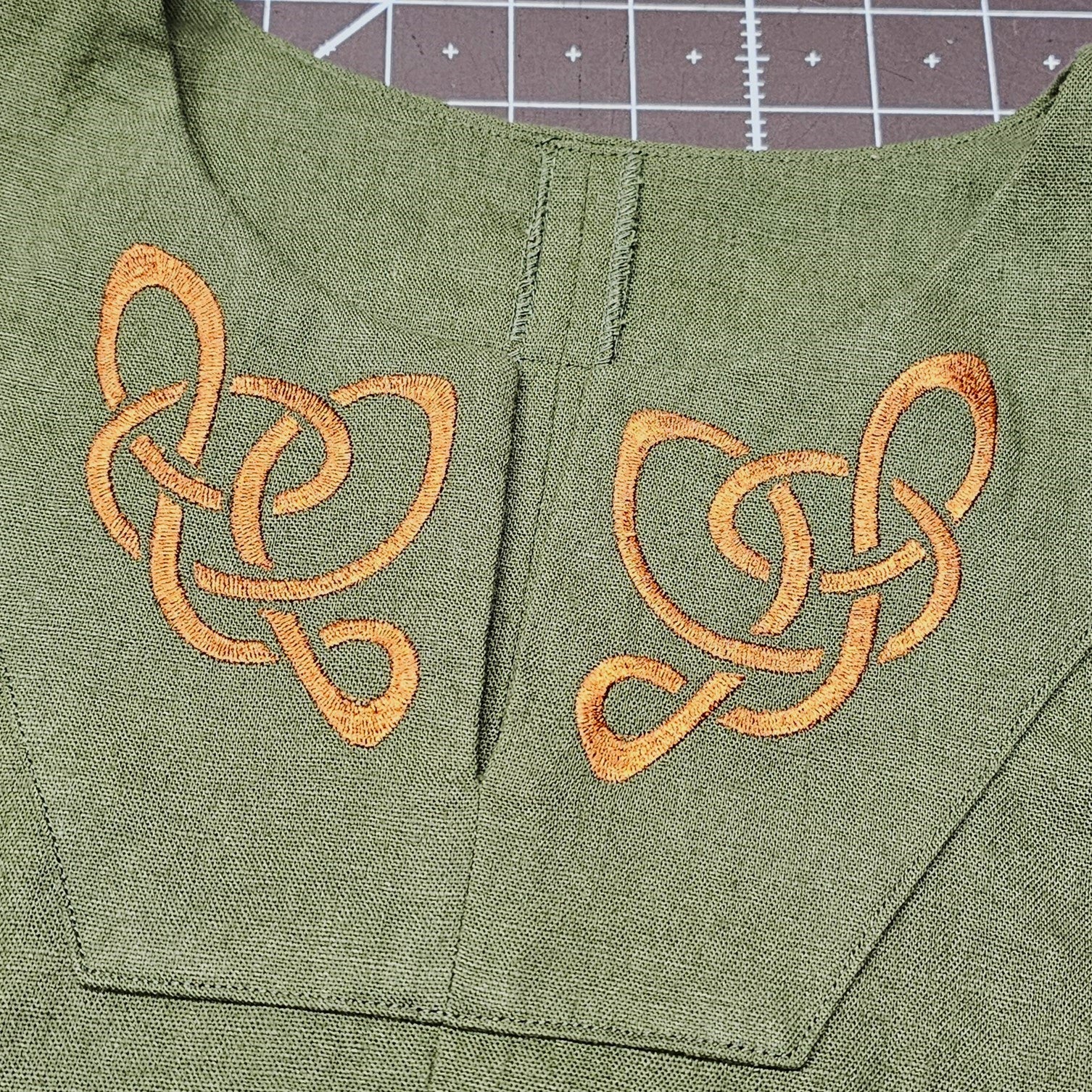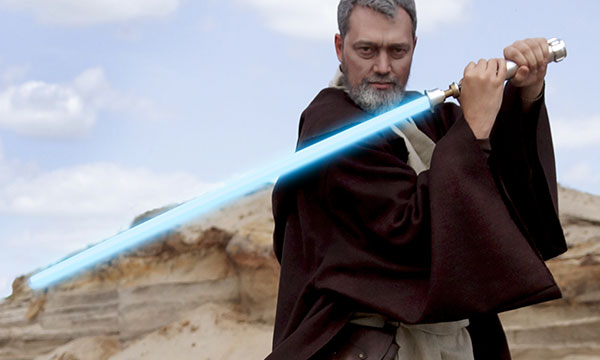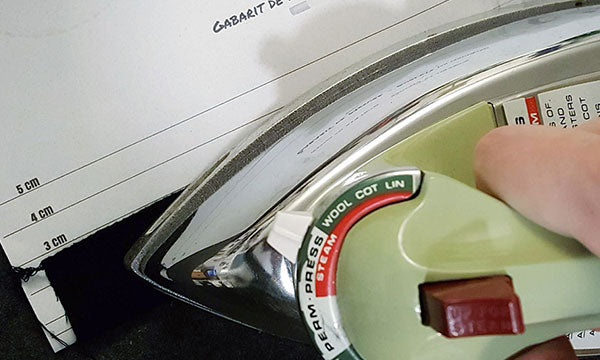Everything you want to know about fabrics
For many cosplays, fabrics are the basis. Right?
Even if you do more armor cosplay. Chances are that you will need (at least a little) fabric anyway (for a cape, a scarf, a belt…).
And understanding fabrics is quite a must in my opinion.
- It'll make your shopping easier (especially online… when you can't touch).
- But it will also make it easier to make your next project (I've already told you about it, knowing your materials well is essential).
- And above all, it will make it easier to understand your next readings on my blog. Yup. Because I often talk about fabrics. What do you want. I like fabrics.
The fabrics, their names, the difference between weaving and knitting, the advantages of the different fibres, their characteristics… Honestly, I could talk to you about them for 3 days. But I'll try to go around the essentials.

Fibres
First of all, you have the fibres: natural or manufactured. There is no good or bad fiber. It really depends on what you want to do.
Natural fibers tend to breathe better, while manufactured fibers, which are basically plastic, breathe just as much as your artificial desk plant. That said, they are often much more economical and truly versatile.
You have natural vegetable fibers (like cotton and linen), which are super light but crease for a long time. And you also have natural animal fibers (like wool) which have great isothermal properties (they keep you warm in winter, but also cool in summer). However, they cost a little butter.
In manufactured fibres, you have 2 categories: synthetic and chemical cellulosic. Synthetic fibers (like polyester and nylon) are generally stronger. While cellulosic chemical fibers (like acetate and viscose), are less resistant, but really economical.
In any case, manufactured fibers are often mixed with natural fibers to reduce costs, improve resistance, reduce wrinkling, etc.
So it's important to keep these different characteristics in mind. They will especially influence the comfort and maintenance of your project.
The construction method
Then the fiber is spun. And the threads are mounted in such a way as to create a fabric. You mainly have 4 construction methods: woven, knit, openwork and nonwoven.
📌 Woven is the most common: weft threads that cross warp threads. There are different ways to cross the wires. This is called the weave of the fabric. This is what gives different effects from one fabric to another.
Woven fabrics are generally the strongest. This is the kind of fabric you want for a fairly structured project.
📌 Knitting is like your scarf or sweater made by grandma, but (usually) thinner… The main characteristic of knitwear is to be stretchy.
But beware: not all stretch fabrics are necessarily knits. Elastane fiber gives stretch to fabrics too. Your stretchy, super-comfy jeans: woven. Your t-shirt: knit. If you look very closely at the fabric, you will see the difference.
It's important to know it, because it doesn't give the same drape to your fabric.And that changes a lot of things in the final look of your project
📌 Openwork fabrics are fabrics mounted so as to be more or less full of holes. We usually talk about lace, but also about tulle.
Generally, it's not very strong fabrics. We are in the rather delicate stuff. And often decorative.
📌 Non-woven fabrics are the only fabrics that are not assembled from threads, but squarely from the fiber that will essentially be tapped to create the fabric.
Again, not so solid as material. But nonwovens still have a lot of uses. We'll find them in interlining, to give thickness, insulation, or whatever.

.



